Nuclear Accidents, Craters, and the "Devil Boat" of Arco, Idaho
Photos and Stories Behind the "First City in the World to be Lit by Atomic Power"
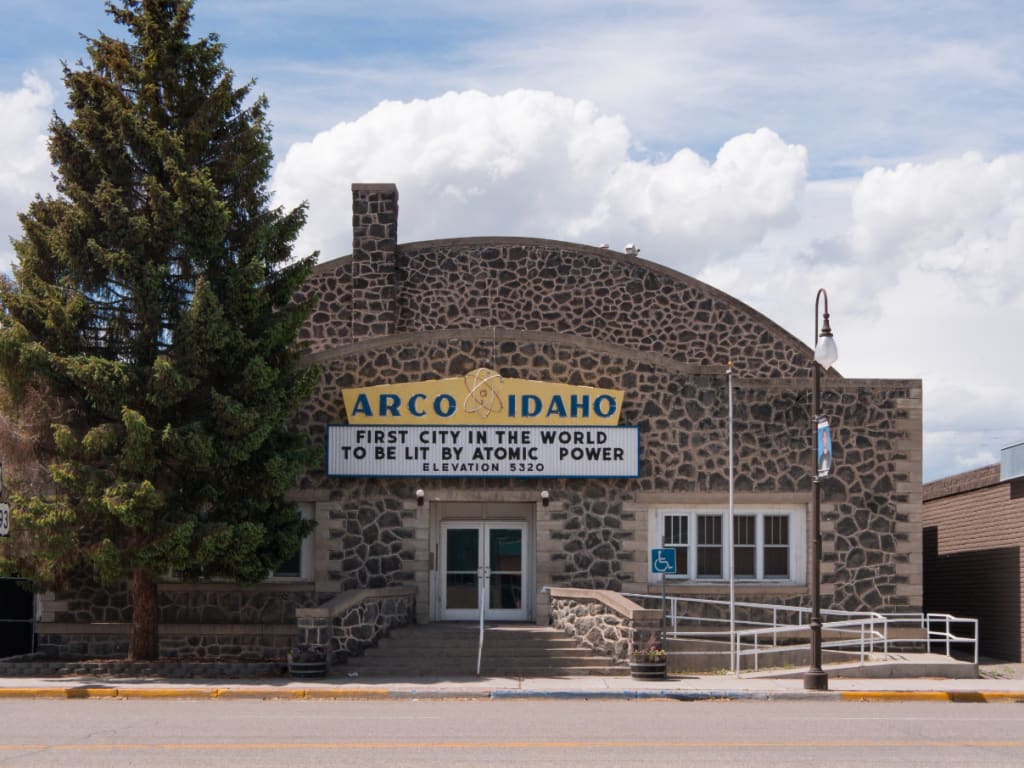
I've come to see the high desert of Southern Idaho as beautiful. Foothills, irrigated farmland, and prairie grass aren't always the first things that come to mind when you think of scenic landscapes, it's true. But the allure of snow-capped peaks, the soft purple of the kamas flower, the bright green spring growth of the sagebrush, the dark lava rock soil, and wide open skies feel like a dream. When the distant sound of sprinklers has long faded with the seasons, and snow blankets the desert, the entire landscape changes.

In the middle of this unique desert lies the town of Arco, Idaho, with a meager population 995 as of the 2010 census. It sits on the outskirts of Craters of the Moon National Monument, which features over 1,000 square miles of preserved lava flows, cinder cones, caves, and other leftovers from volcanoes long gone cold. In 1969, Apollo 14 astronauts paid a visit to the park to learn sampling processes they would later repeat on the moon.
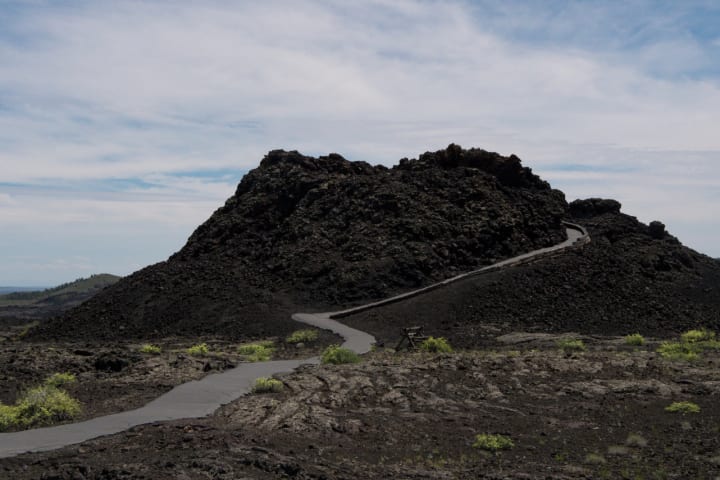
Over the past year, I've become obsessed with Arco and Craters of the Moon. What started as a quirky roadtrip stop in 2017 has become the subject of my next photo publication, simply titled "ARCO." It's the culmination of four different trips to Arco over three different seasons (spring, summer, and winter). It features nearly 70 pages of full-color digital and film photos taken in and around the high desert of south-eastern Idaho. And... it's now officially available for pre-order here!
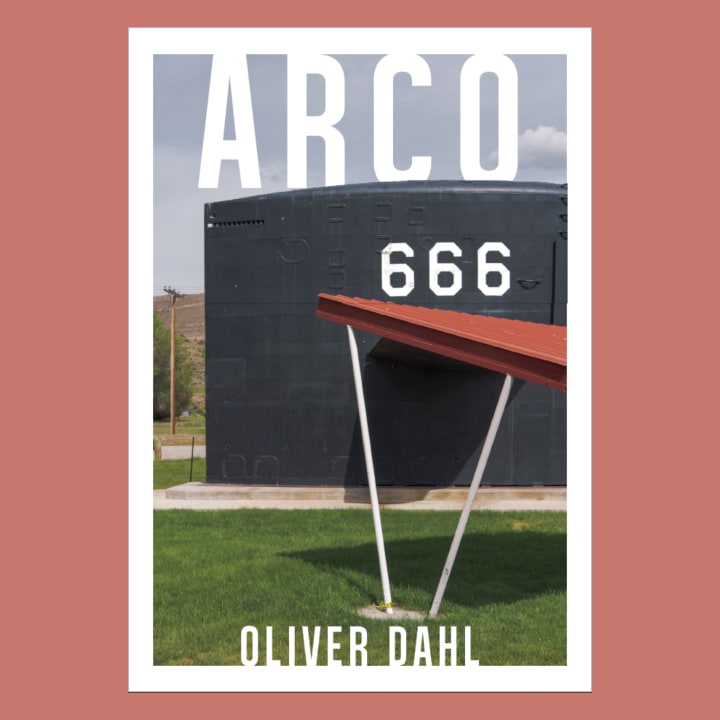
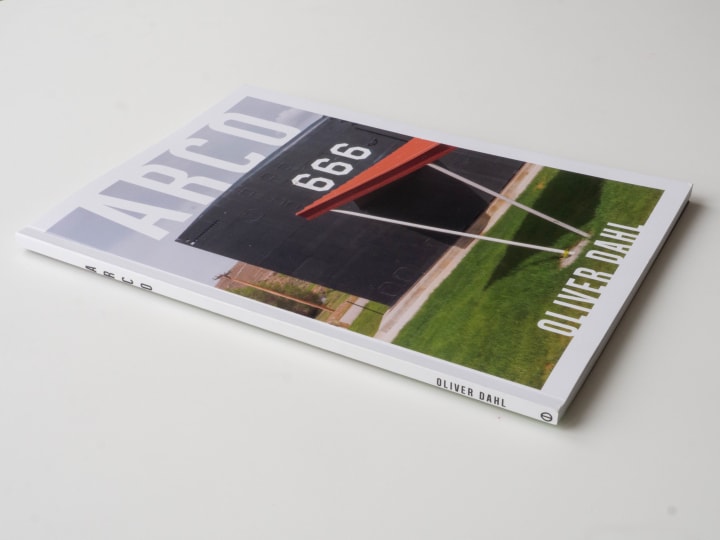
This post includes a few photos from the book, as well as several outtakes—photos that didn't quite make the cut, but that I still enjoy and think are worth sharing.
The Town
At first glance, Arco looks like a decaying little farm town. Its old motels and colorful neon signs make you feel like you entered another time. But there's more to this oasis than its anachronistic charm.
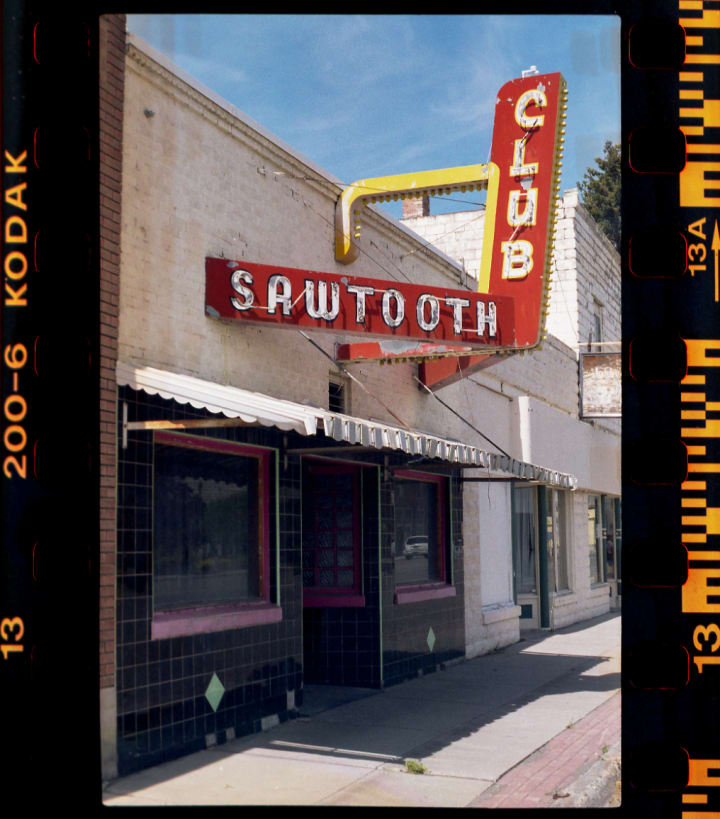
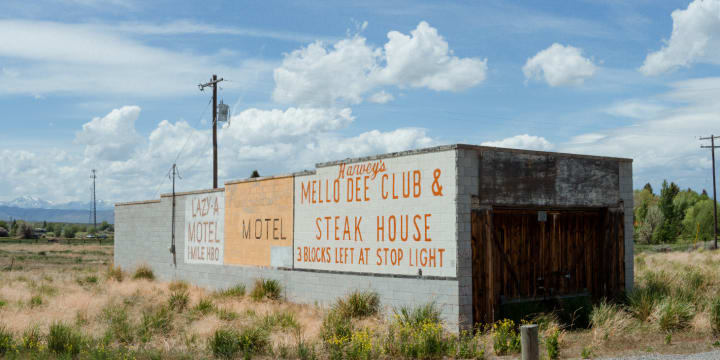
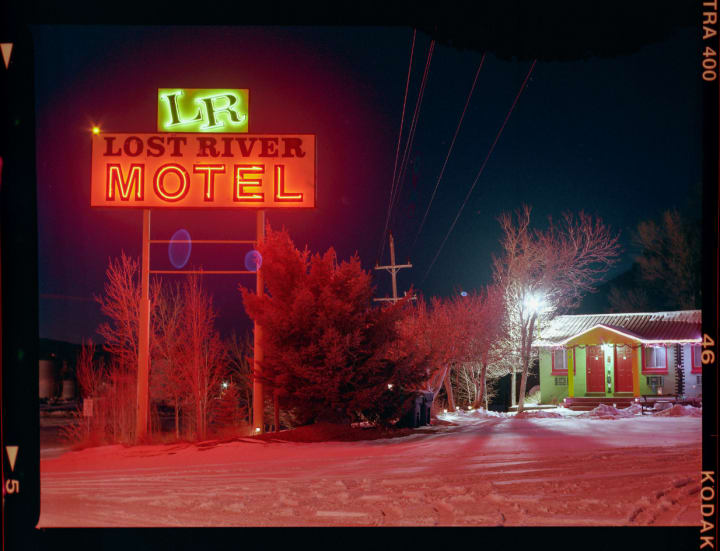
Arco might first be described as a quaint place that would fit right in as an old Route 66 town. But there's more than enough mystery to the place to make you feel a little uneasy.
The Devil Boat
There's the "Submarine in the Desert," (also known as the "Devil Boat") the fin of a nuclear submarine donning the foreboding hull number "666." It once spent 87 days under the polar ice cap! It was gifted to the town as an expression of gratitude for the nuclear innovation that made submarines like this one possible.
At the dedication of this unique monument, Captain Robert Perry, the sub's final commanding officer, reportedly said "Most of what the Hawkbill did on her deployments remains classified to this day. But I can guarantee you that Hawkbill's crews significantly contributed to our country's victory in the Cold War."
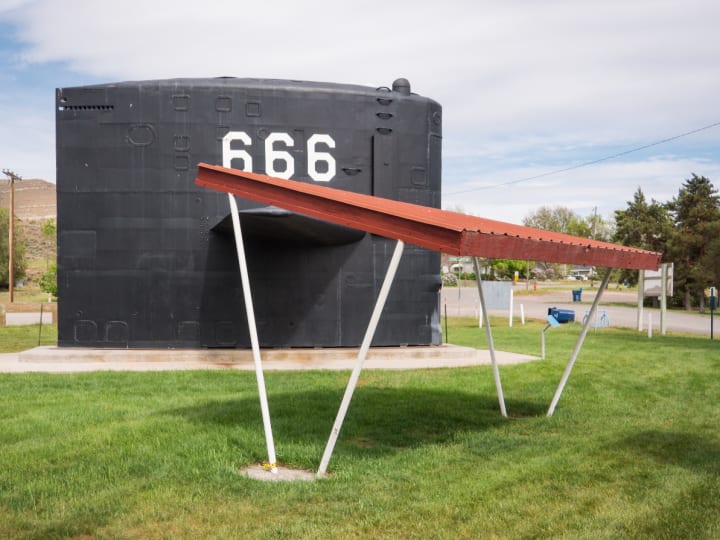
Number Hill
There's an entire mountainside covered in white-painted numbers, some of which are nearly a hundred years old. The Butte County High School graduates of 1920 painted a "20" on the hill, and the tradition has continued ever since.
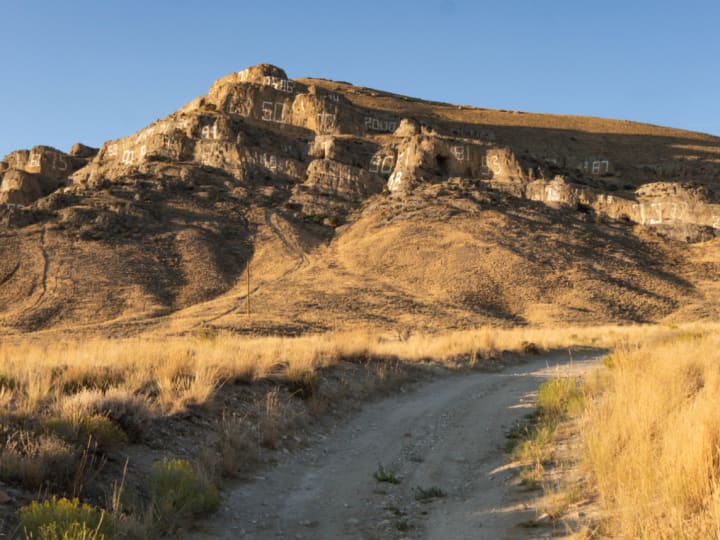
The Nation's First Fatal Nuclear Accident
In the desert, a few miles east of Arco lie the remains of decades-old nuclear energy testing sites. These machines were prototypes for what was hoped to become nuclear-powered airplanes. They sit, exposed to the elements, outside of EBR-1, the world's first nuclear breeder reactor.
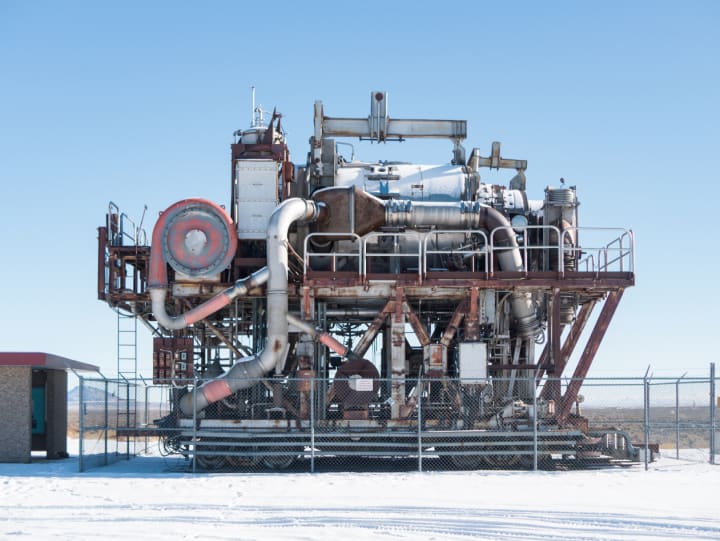
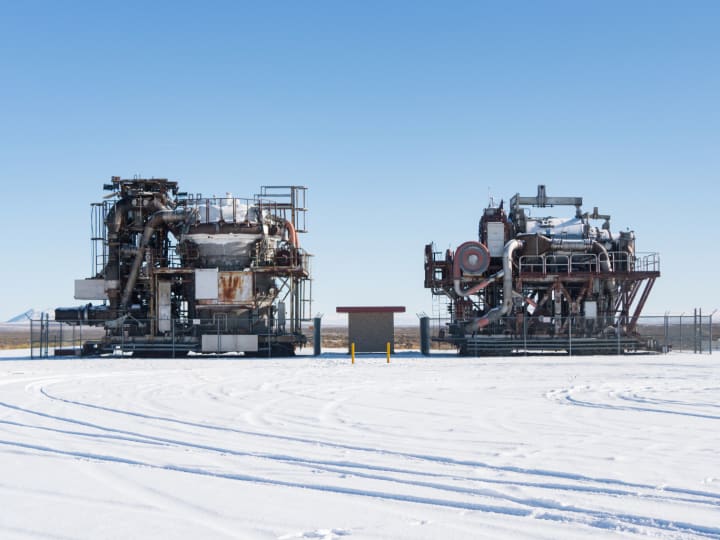
There's more to the desert than meets the eye. With nuclear successes like EBR-1, and the Borax III lighting the town of Arco in 1955, there have also been failures. One of which was devastating.
With the movement of a control rod in a nuclear facility out of its proper position, 4 milliseconds changed history. All three men working the plant were killed. One of them was left pinned to the ceiling by shrapnel. Each of them, soaked with radioactive water, had to be recovered in incremental shifts by rescuers trying to minimize exposure. They were buried in lead coffins below concrete, and the remnants of the facility were carefully buried in the surrounding desert.
The event scared a lot of people, and growth in Arco and the nearby Atomic City stopped. Nowadays, Atomic City is all but a ghost town.
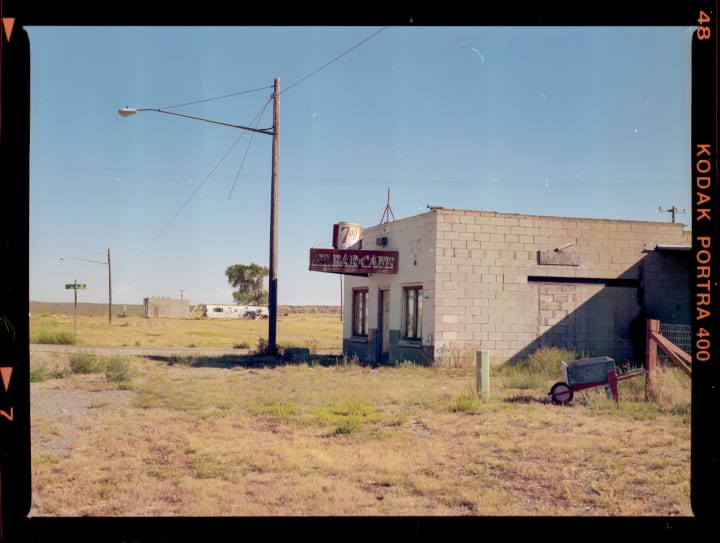
The beauty and the mystery of this part of Idaho aren't immediately apparent. It takes some time and some digging and some stories to really appreciate it, and be startled by it.
Have you ever been to Arco or Craters of the Moon? I'd love to hear your stories over on Instagram!
If you enjoyed this post, please consider purchasing a copy of the photo book, or leaving a tip to help me fund future photo adventures and film development! :) Thank you!

My other posts:
About the Creator
Oliver Dahl
Oliver Dahl is a published author and photographer from Boise, Idaho.
He currently studies marketing at Brigham Young University.
Website: www.oliverdahl.com
Instagram: @OliverWDahl


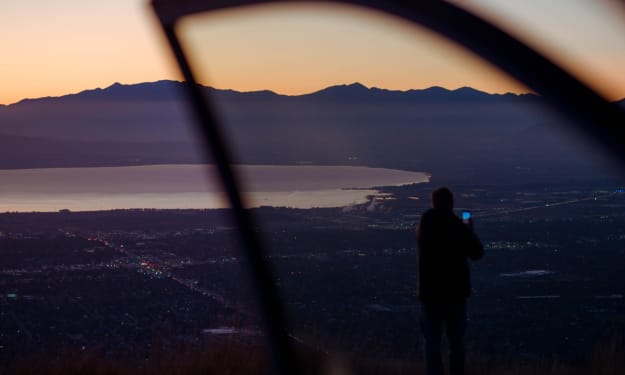



Comments
There are no comments for this story
Be the first to respond and start the conversation.